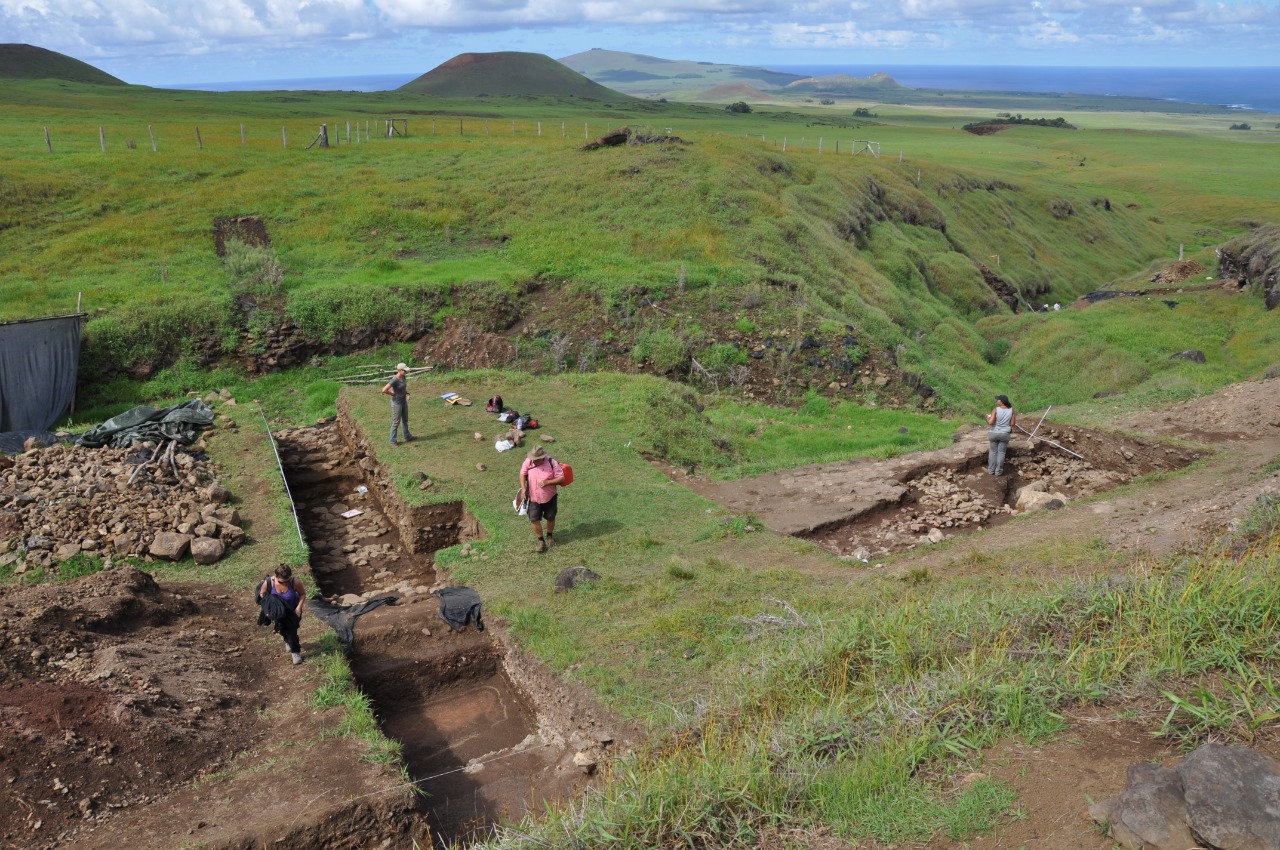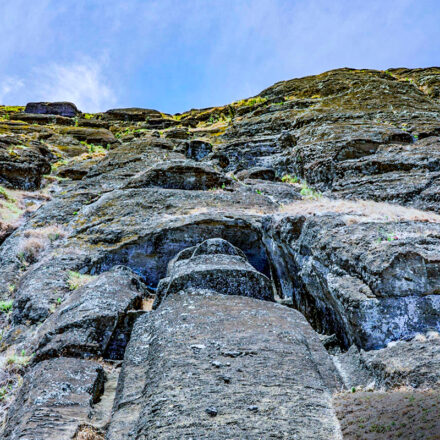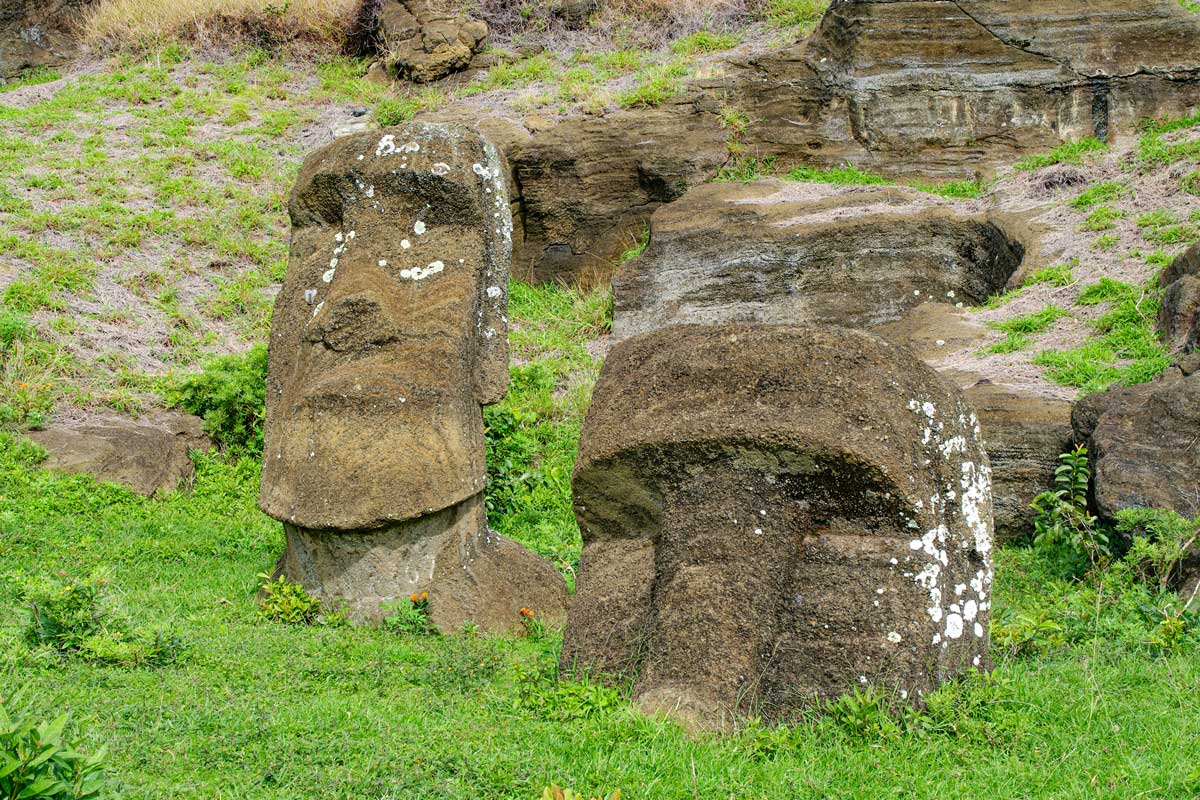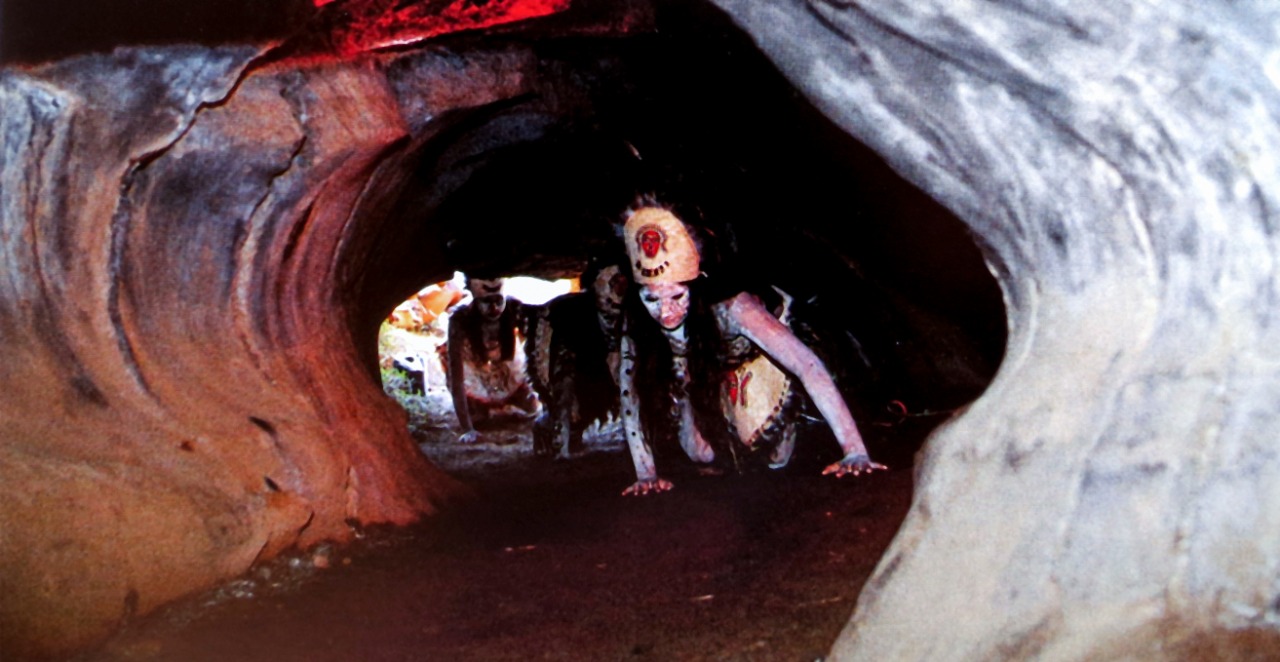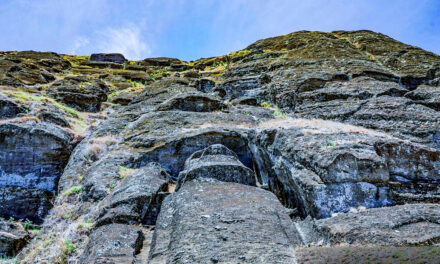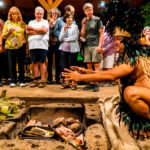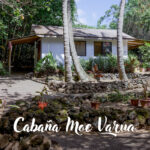AVA RANGA UKA A TOROKE HAU
German Archaeological Excavation (2nd Stage)
Featured Reports:
Archaeologists’ Tales
Archaeology is the branch of anthropology that aims to reconstruct the history of humanity from its material remains. The problem is that a very important part of human creation is not expressed in material form, and, on the other hand, many times it is not possible...
Rano Raraku, New excavations in Easter Island’s Moai quarry
The new excavations carried out in Rano Raraku, the moais quarry, leave us an enormous archaeological wealth and vestiges on the Rapa Nui culture.
Ana Hue Neru
Ana Hue NeruThe Caverns to whiten the YoungLas Cavernas para blanquear a Jóvenes As far back as the late 19th Century, various expeditions have attempted to unravel the mysteries of the Rapanui culture through archaeological research and the oral traditions of the...

